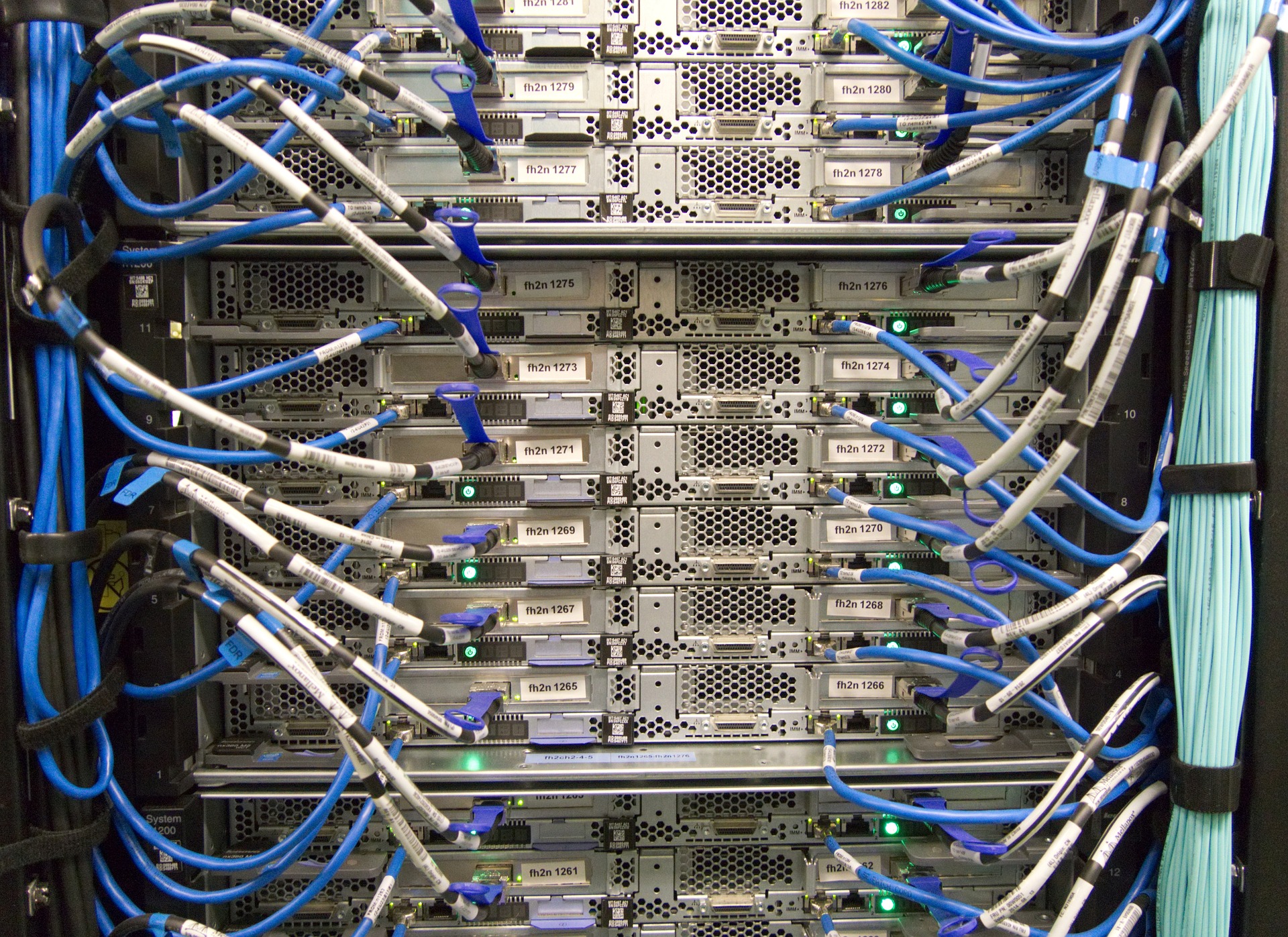A data center is the backbone of any organization’s IT infrastructure, powering everything from email and file storage to cloud services and virtual machines. To ensure that data centers operate at peak performance, it’s essential to follow best practices for maintenance and upkeep. In this article, we’ll provide tips for keeping your servers running smoothly and avoiding downtime.
Conduct Regular Maintenance and Inspections
Regular maintenance and inspections are essential to ensure that data center equipment is running optimally. At a minimum, data center staff should conduct quarterly inspections of all equipment to check for signs of wear and tear, overheating, and other issues. A detailed maintenance schedule should also be in place to ensure that all critical components are checked regularly, including cooling systems, power supplies, and backup generators.
Keep Servers Clean and Dust-Free
One of the most common causes of server downtime is the buildup of dust and debris inside the server. Over time, this buildup can cause overheating, which can lead to equipment failure and downtime. To prevent this, data center staff should clean servers regularly, either manually or with specialized cleaning tools. Keeping the environment clean is also essential to avoid dust and debris buildup.
Use Uninterruptible Power Supplies (UPS) for Servers
Uninterruptible Power Supplies (UPS) are a critical component of data center infrastructure, providing backup power to servers in case of power outages or other electrical disturbances. UPS for server systems can help avoid downtime caused by power surges, spikes, and other electrical problems. In addition, they provide temporary power to servers during a power outage, giving data center staff time to properly shut down equipment and prevent data loss.
Monitor Server Performance and Utilization
Monitoring server performance and utilization is essential to ensure that data center equipment is running optimally. Monitoring tools can track performance metrics such as CPU usage, memory usage, and network traffic. These tools can help identify performance issues before they become significant problems, allowing data center staff to take corrective action before downtime occurs.
Keep Spare Parts and Equipment on Hand
Having spare parts and equipment on hand is essential to minimizing downtime caused by equipment failures. Data center staff should keep a stock of spare parts and equipment, such as hard drives, power supplies, and fans. This can help reduce downtime caused by waiting for parts to arrive or searching for replacement equipment.
Regularly Test Backup and Recovery Procedures
Data centers should regularly test backup and recovery procedures to ensure that they’re working correctly. Backup systems should be tested regularly to ensure that they’re capturing all critical data, and recovery procedures should be tested to ensure that data can be recovered quickly in the event of an outage.
Consider Remote Management and Monitoring
Remote management and monitoring tools can help data center staff monitor and manage data center equipment from anywhere in the world. These tools can provide real-time monitoring of server performance and utilization, enabling data center staff to identify and resolve issues quickly. They can also help reduce the need for on-site staff, saving time and money.
In conclusion, maintaining a data center is essential to ensure that the IT infrastructure of an organization is running optimally. Following best practices for maintenance and upkeep, such as regular inspections, keeping servers clean, using UPS for servers, monitoring server performance, and having spare parts on hand can help minimize downtime and keep the data center operating smoothly.
- How Businesses Can Attract Customers Through Financing - March 5, 2024
- Credit Reporting Made Easy: Elevating Investor Qualification Efficiencies - January 17, 2024
- How to Develop a Comprehensive Safety Plan for the Workplace to Improve Productivity - June 28, 2023
